1996: A Pivotal Year For Me & Music
Looking Back, CMJ Was Actually A College Radio Dream in New York City
It was the beginning of the fall semester, junior year, 1996. I was buried in stacks of promo CDs, hand-written playlists from our DJ’s radio shows, and the kind of band posters and stickers that made the WUNH music office look more like a punk zine exploded than one of the top college radio stations in the country. As the radio station’s music director, CMJ, or College Media Music Journal’s Music Marathon, wasn’t just an annual conference, it was a pilgrimage. The chance to share stories and rub elbows with my fellow radio nerds, meet musicians, and shake hands with label reps (a.k.a. collecting free drinks, promo CDs, meals, and the occasional t-shirt). And, of course, to see and hear an absurd number of live shows in cramped clubs, mostly in the Lower East Side of New York City, where the air reeked of beer and ambition. Nothing was more exciting.
What Was CMJ?
It was the trade publication for college radio from 1980 to 2015. It published two versions:
New Music Monthly for fans, on newsstands, with interviews, reviews, a CD sampler, and many ads for new albums.
CMJ New Music Report a weekly trade publication for stations like WUNH, compiling charts from top 30 airplay and new adds. These weekly rankings shaped what was considered "hot" on college radio across North America.
The organization also hosted an annual music festival and conference in NYC each fall—part networking, part discovery, and part full-blown scene.
This was where every North American college and community radio station reported their top 30 most-played albums and top 10 new additions each week. That collection was displayed on the back pages of each issue and contributed to the music charts of that week’s top albums. The CMJ Music Marathon was born out of this and was an annual event through circa 2015.
Okay, back to the story…
This is my story of CMJ 1996, where the college radio and indie music scene were about to peak, and I was lucky enough to be right in the middle of it.
That September, I packed my bags and boarded a bus with other WUNH DJs for four nights in New York City, not knowing that in just a few days, I’d witness, in my mind, future legends on tiny stages, discover music that would expand my musical palate, and make connections with industry folks that still echo almost thirty years later. This is my story of CMJ 1996, where the college radio and indie music scene were about to peak, and I was lucky enough to be right in the middle of it, just at the right time.
The University of New Hampshire put us up at The Mayflower Hotel on Central Park West, a short walk to Lincoln Center, where CMJ registration and panels took place. Our suite was high-level: two bedrooms, a California King that three of us had to share, a spacious living room, and a grand entranceway—perfect for an afterparty, as it turned out.
Bands & Showcases
After grabbing our badges and attending the opening panel, Railroad Jerk performed songs from their latest release, One Track Mind, on Matador Records. After the set, we cabbed it from Lincoln Center and caught one of the first CMJ ‘96 shows of the week downtown on Ludlow Street at The Luna Lounge. It was an afternoon of loud guitars and punk energy with The Mr. T Experience, 764-HERO, and a few others lost to time.
From that moment on, it became a blur of late-night sets, warm Rolling Rocks, and post-midnight slices of New York pizza. I hit up venues like The Cooler, where I caught sweat-drenched sets from Sleater-Kinney, Modest Mouse, and Unwound.
Somehow, I squeezed into a packed, steamy Brownie’s on Avenue A to see Jawbox for the first time. Later that night, closer to 2 a.m., Orbital finally took the stage at The Roxy and delivered a hypnotic, pulse-pounding set. Tracks like “The Box,” “The Saint,” “Satan,” and “Halcyon” kept us moving well into the early morning.
Elsewhere in the East Village, possibly Irving Plaza or Mercury Lounge, I saw Luscious Jackson, Archers of Loaf, and Spoon. The details blur, but I know I was there. I also caught Elliott Smith at the original Knitting Factory, delivering a quiet, unforgettable set of deeply personal songs.
Somewhere near Times Square, I bumped into Ryan Adams of Whiskeytown. He was playing Wetlands that night, but we had other plans, so we ducked into the old Howard Johnson’s for a coffee. The place smelled like mop buckets and wet rags, and our booth barely held together. We didn’t last long—soon, we were off to CBGB’s for the final night of CMJ 1996.
Afterparty
That final show at CBGB’s was an invite-only Fort Apache showcase featuring Speedball Baby at 2 a.m. They were high energy, somewhere between Jon Spencer Blues Explosion and punk-blues chaos. As the music ended, I made a casual, half-serious invite to everyone in the club: come party in our suite at The Mayflower.
I didn’t expect anyone to show up.
I was wrong.
Label reps from Warner, Moonshine, Interscope, and Roadrunner turned up with cases of beer. A radio promoter arrived with a carton of cigarettes and a giant bag of popcorn. DJs from KVRX, WXYC, WHUS, and more piled into our suite. One was hanging out a window, serenading the city below, jokingly asking me to save her from falling. My roommates eventually gave up and shut themselves in the bedroom, leaving me to manage the crowd and prevent university staff from discovering that we had a party in the hotel suite (which they paid for and wouldn’t be happy about).
Worried about getting caught, I asked a label rep I trusted for help. She made a fake call from the hotel lobby pretending to be the front desk, warning about a noise complaint. It worked. The room cleared quickly, and I finally got a few hours of sleep before our early morning bus ride back to New Hampshire.
Lasting Impact
I didn’t do much sightseeing because I spent nearly every waking moment chasing new sounds. But I decided to visit Kim’s Underground on St. Mark’s and Other Music on East 4th and Lafayette. Other Music became my favorite record store for the next two decades—until it closed in 2016. It’s everything a record store should be. But that’s a story for another day…
That trip still resonates. I saw incredible bands, met industry people I still keep in touch with, and formed lasting friendships with other college radio DJs. We still send each other Instagram Reels and trade music recs nearly thirty years later.
This wasn’t me saying the 1990s were better than now—just that it was my time. My golden age of music. I was immersed in Pavement, Tortoise, Magnetic Fields, Yo La Tengo, Beat Happening, June of 44, and obsessed with labels like Kill Rock Stars, Drag City, K Records, 4AD, Matador, Thrill Jockey, Dischord, Astralwerks, Sarah Records, Mammoth, Merge, and so many others.
My rent was $200, and my record collection exploded. I started working at a record store, DJed at a community station, booked bands at a few local clubs, and never looked back. That era, plus growing up on WBCN, WUNH, and the records my dad and I bought when I was a kid, is why music still means everything to me today.
Thanks for letting me share. Here’s a playlist full of the bands I saw at CMJ ‘96 and others from that time.
CMJ 1996 Playlist
Until next time!




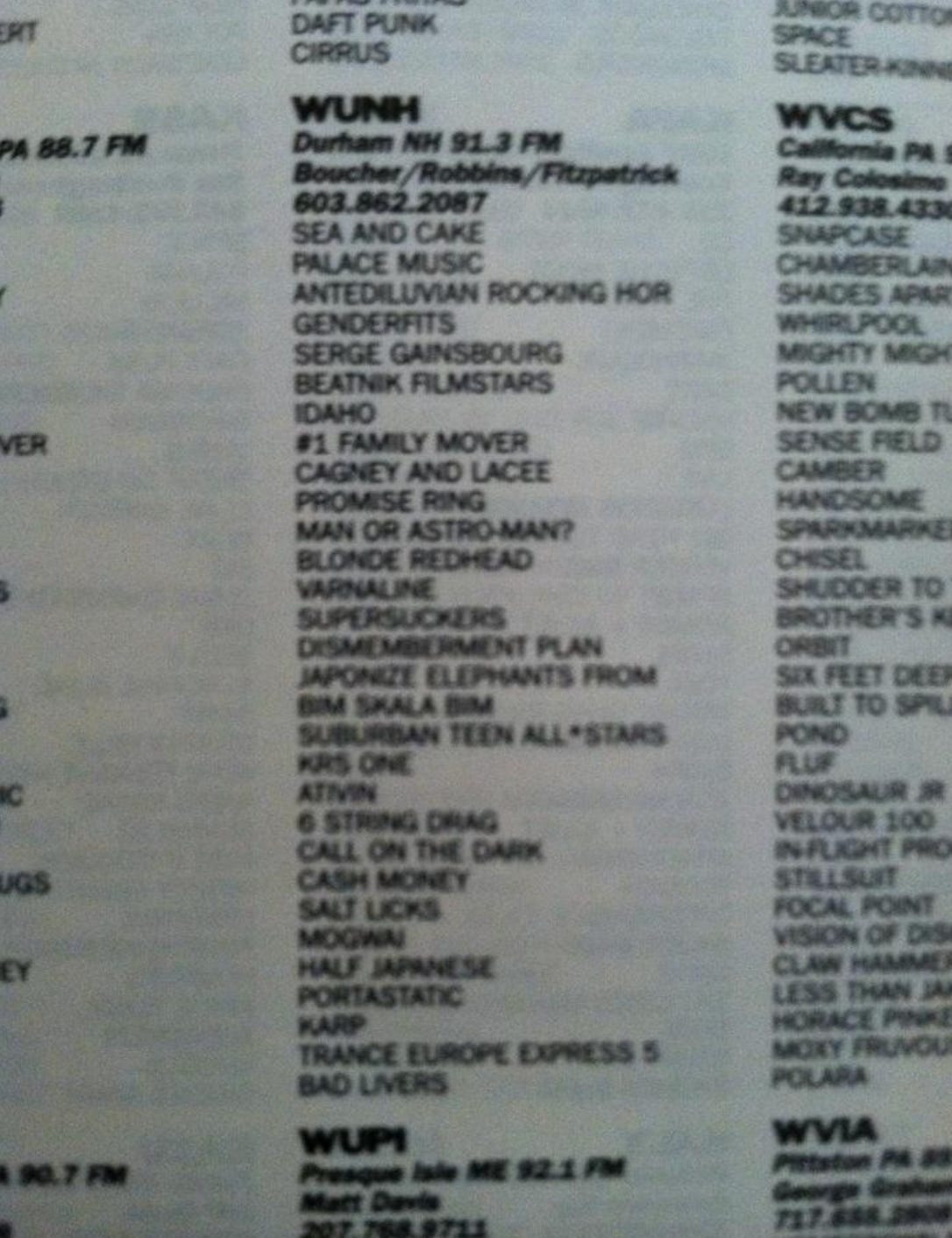
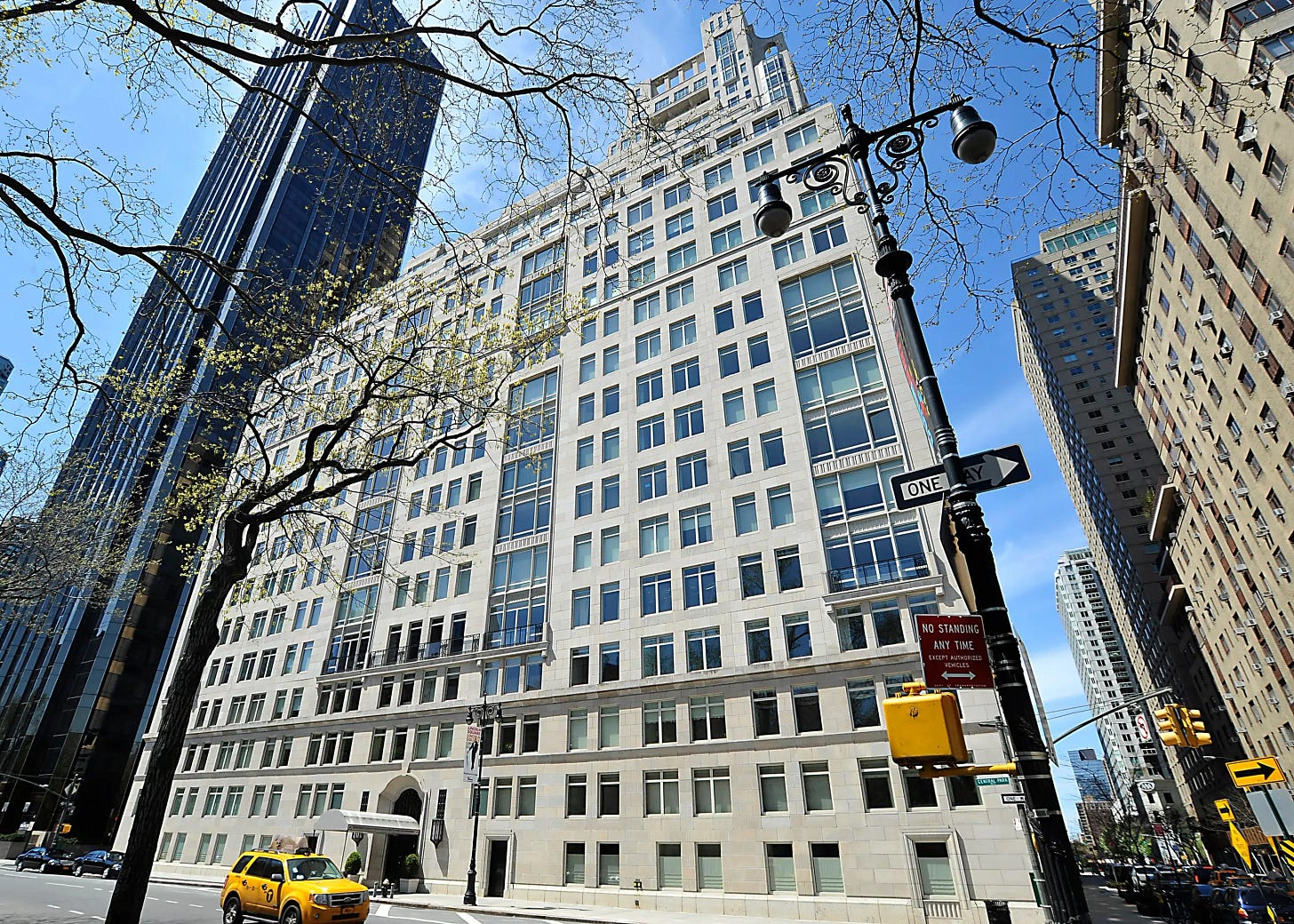
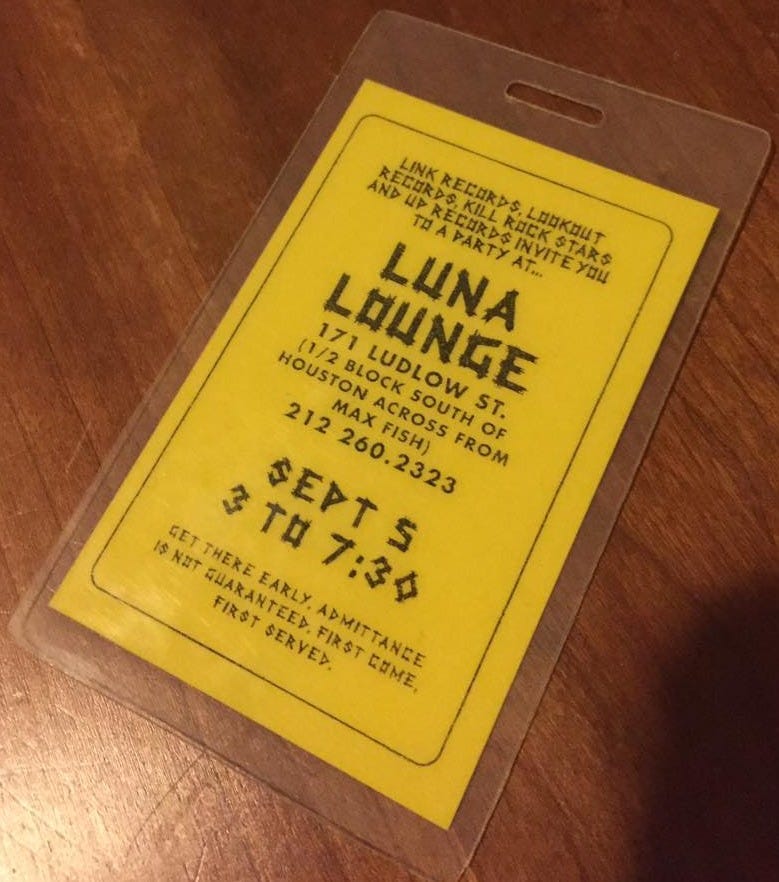
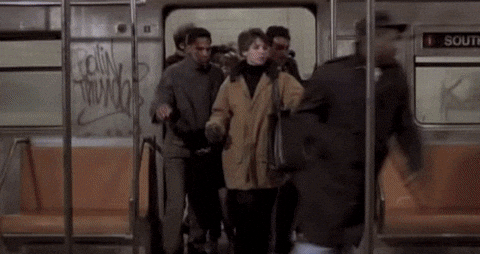
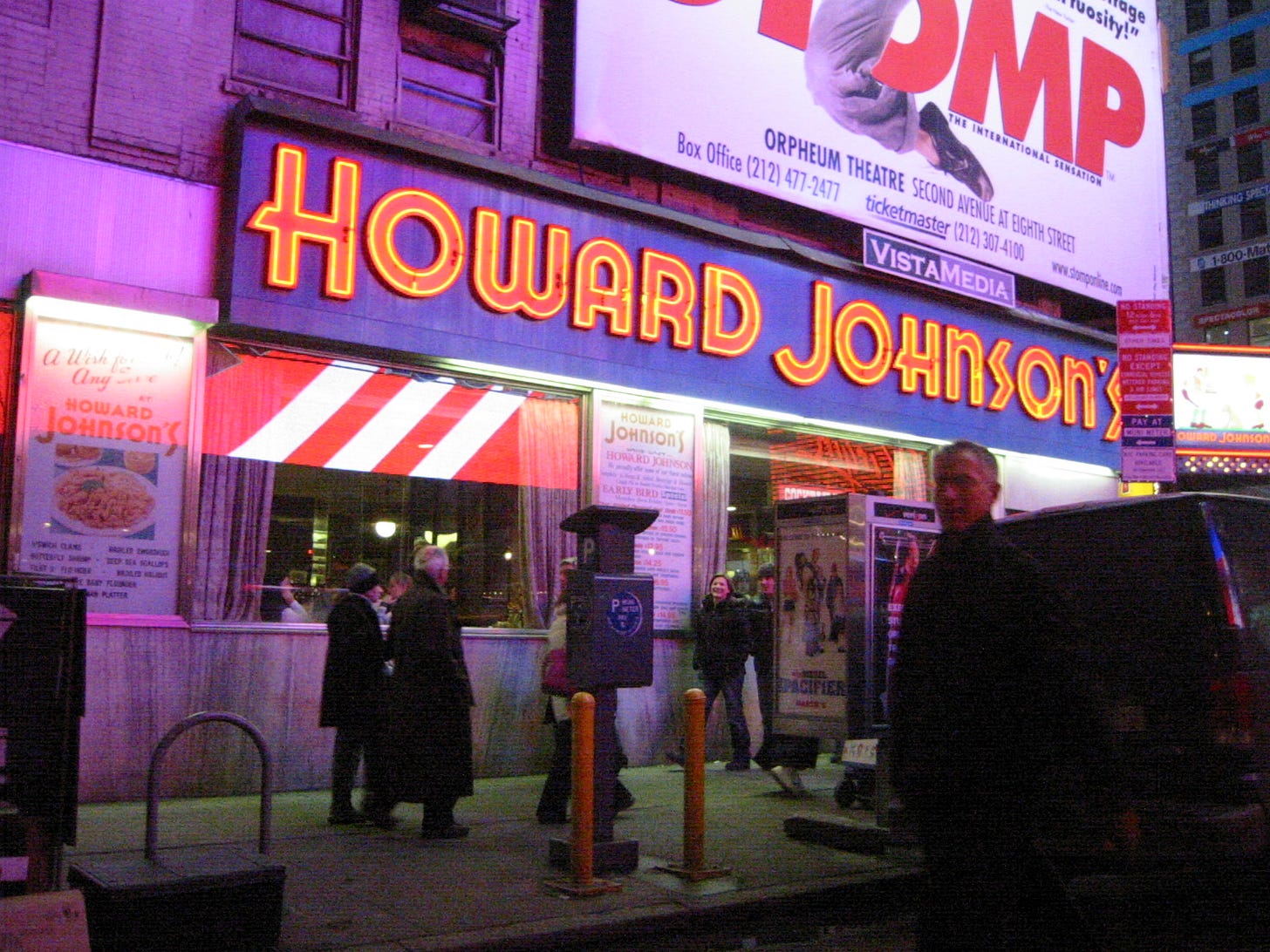
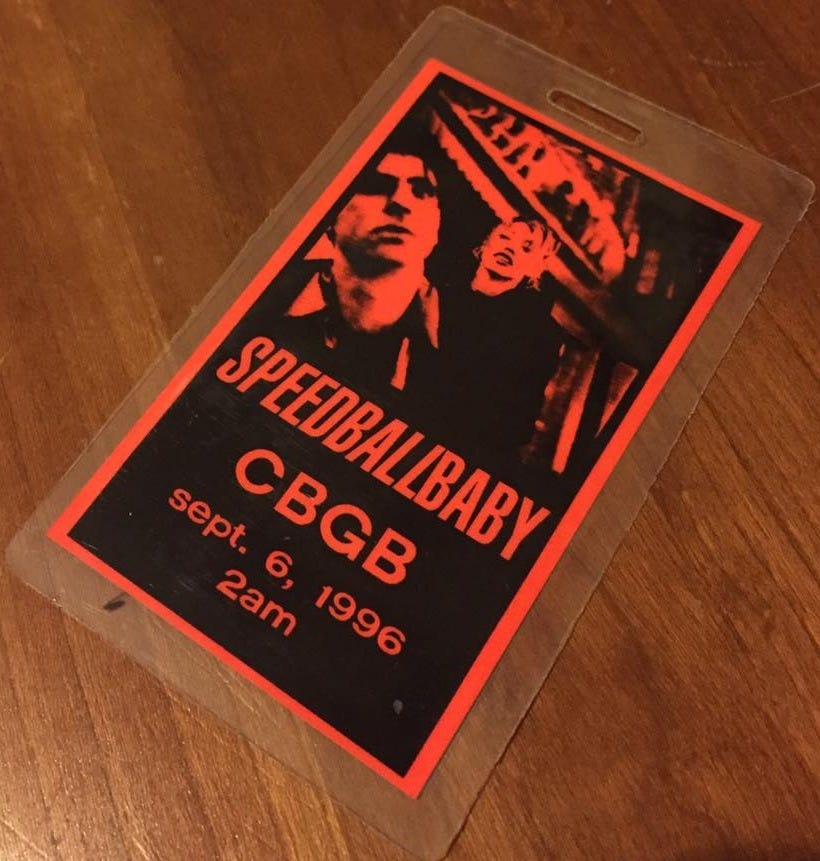

I loved finding this and I can't believe we played at 2am! And that you have that laminate. :) x Ali (Speedball Baby)
Great read. Makes me nostalgic for times I wasn’t lucky enough to live through. College radio 4ever.